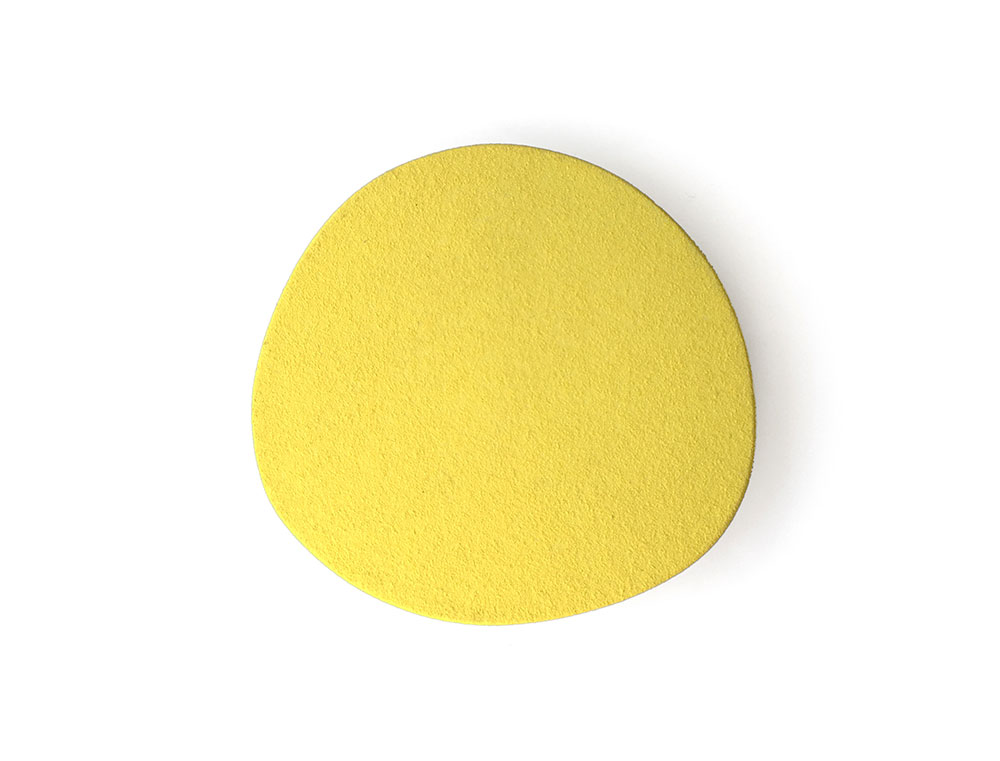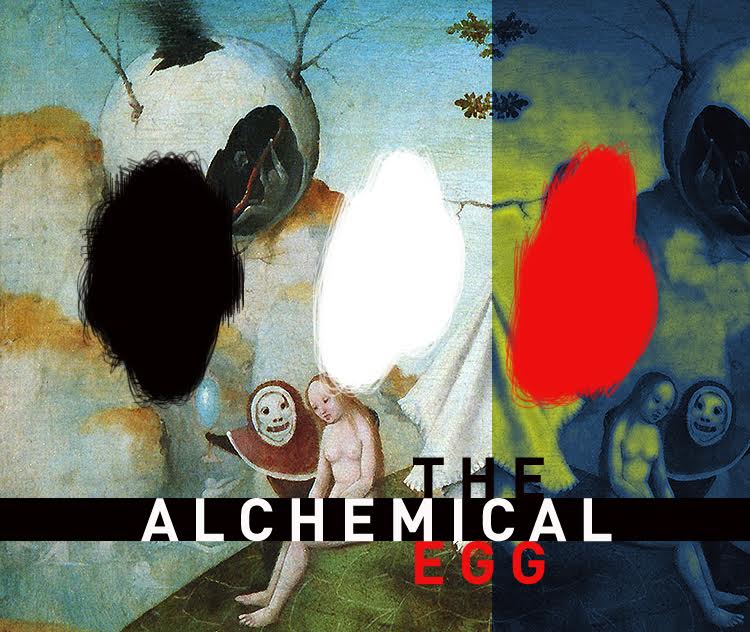When I worked with this project I only choose artist, art or design I like myself. I did not always feel comfortable when I used another artist work for my brooches, but I always tried to make something own out of it. It is more a tribute to this artist than making a copy of their art. My project develops more like that than giving an answer of what is allowed to do or not.>>
TORE SVENSSON, Artist statement on “COVERS”

Photo by: Franz Karl.
In past times, the artistic apprenticeship followed precise rules rigorously observed by the young pupils who entered the workshop of a master. In a workshop, young pupils learned not only how to prepare a panel, but also the different artistic techniques. They acquired how to trace the lines, how to perceive perspective and how to recreate it. And, above all, pupils had to copy because “to copy” meant “to learn”.[1] They copied the works of their own master and other’s works in order to “feel” space and volutes, depth and curves, volumes and surfaces.[2]
So, the reproduction of other’s works was a method to acquire the know-how, the skills and the artistic techniques able to make prosperous the activity of a workshop. Of course, there were also examples of “unoriginal” works copied without permission, such as Marcantonio Raimondi’s woodcuts, who reproduced without permission the entire Dürer’s woodcut series of the Life of the Virgin (and his signature) with a great success.[3]
The use of elements of a single artist reproduced in others’ works enabled the community of art historian to speak about “filiation” such as an “artistic loan” able to retrace and to detect the formal as well the aesthetical models employed in several works of art. This study is extremely helpful in order to recreate the chronology of the works of a single artist due to the lack of documentation.[4]
Very different is the case of a copy “d’après”, that is when a well-known work of art is reproduced by an artist whit the clear decontextualization of the subject, such as, for example, the portrait of Madame Récamier by Marcel Duchamp or “Las Meninas” by Picasso. In both circumstances, Duchamp and Picasso re-elaborate other’s works in order to impress not only their own “signature” but also their own vision and style.[5]

Photo by: Franz Karl.
- Read the full article on HANNAH GALLERY BARCELONA’s website;
- Read the full article by Tore Svensson on KLIMT02
- See all the presentation videos Instagram
•
[1] As regards the concept of learning by copying see: Virdis Limentani, C., Copiare, citare, imitare forse in “Dürer …da Dürer. L’arte in viaggio attraverso l’Europa”, catalogue of the exhibition curated by di G. Gallina e S. Seccareccia with the contribution of Caterina Limentani Virdis, San Donato Milanese, Museo d’Arte Contemporanea “Cascina Roma”, 27 novembre 1999 – 30 gennaio 2000, Milano 1999.
See also: Cennino Cennini, Il Libro dell’arte, a cura di Fabio Frezzato, Vicenza, Neri Pozza, 2003, p.65.
[2] For apprenticeship during Middle-Ages and Renaissance see: Cassanelli R.- Béguin et aliii, S., La bottega dell’artista tra Medioevo e Rinascimento, Milano, Jaca Book, 1998. Further readings on experiences, sources and documents as regards the Italian Quattrocento see: Baxandall M., Painting and experience in Fifteenth Century Italy, Oxford University Press, 1972 (tr.it, Baxandall M., Pittura ed esperienze sociali nell’Italia del Quattrocento, Torino, Einaudi, 1978 e 2001) and Gilbert, C.E., Italian Art 1400-1500: sources and documents, Prentice-Hall, 1980 (tr.it. Gilbert, C.E., L’arte del Quattrocento nelle testimonianze coeve, IRSA 1988).
As an example, in Lucas Cranach’s workshop the hand of the master is extremely difficult to detect from the one of the apprentices, due to mastered technique acquired by the pupils. As regards see: Messling G., Cranach et son temps, catalogue of the exhibition “L’Univers de Lucas Cranach”, Palais des Beaux-Arts de Bruxelles, 20 Dec 2010 – 21 Jan 2011, Réunion des Musées Nationaux, Paris 2011.
The western art history is full of examples provided by works of gifted pupils whose hand was extremely similar to the one of their Master: Giovanni Antonio Boltraffio and Leonardo, see Ballarin A., Leonardo a Milano: problemi di leonardismo Milanese tra Quattro e Cinquecento: Giovanni Antonio Boltraffio prima della Pala Casio, 4 volls., Verona, Edizioni dell’Aurora 2010; the sons of Pieter Bruegel the Elder who duplicated the subject if his father, see Currie Ch. – Allart D., The Brueghel Phenomenon: paintings by Pieter Brueghel The Elder and Pieter Brueghel The Younger with a special focus on technique and copying practice, 3 volls., Brussels, Royal Institute of Cultural Heritage, 2012; up to the case of Van Meegeren’s false Vermeer, as regards see: Godley, J., The story of Han Van Meegeren, London, Home & Van Thal, 1951 and Kreuger, F. H., Han van Meegeren revisisted, his art & a list of his works, Rijswijck, Quantes Publishers, 2010.
[3] GIORGIO VASARI, Vita di Marcantonio Bolognese ed altri intagliatori in “Le Vite de’ più eccellenti architetti, pittori, et scultori italiani, da Cimabue insino a’ tempi nostri” (1568),2 volls., Torino, Einaudi 2005.
[4] For the influences among painters see: Baxandall, M., Patterns of Intention. On the historical explanation of pictures, New Haven & London, Yale Univeristy Press, 1995 (tr.it. BAXANDALL, M., Forme dell’intenzione. Sulla spiegazione storica delle opere d’arte, Torino Einaudi, 2000, pp.88-92.
[5] As regards see: “D’Après. Omaggi e dissacrazioni nell’arte contemporanea”, exhbition catalogue, Lugano 1971.
A presto,
Nichka



